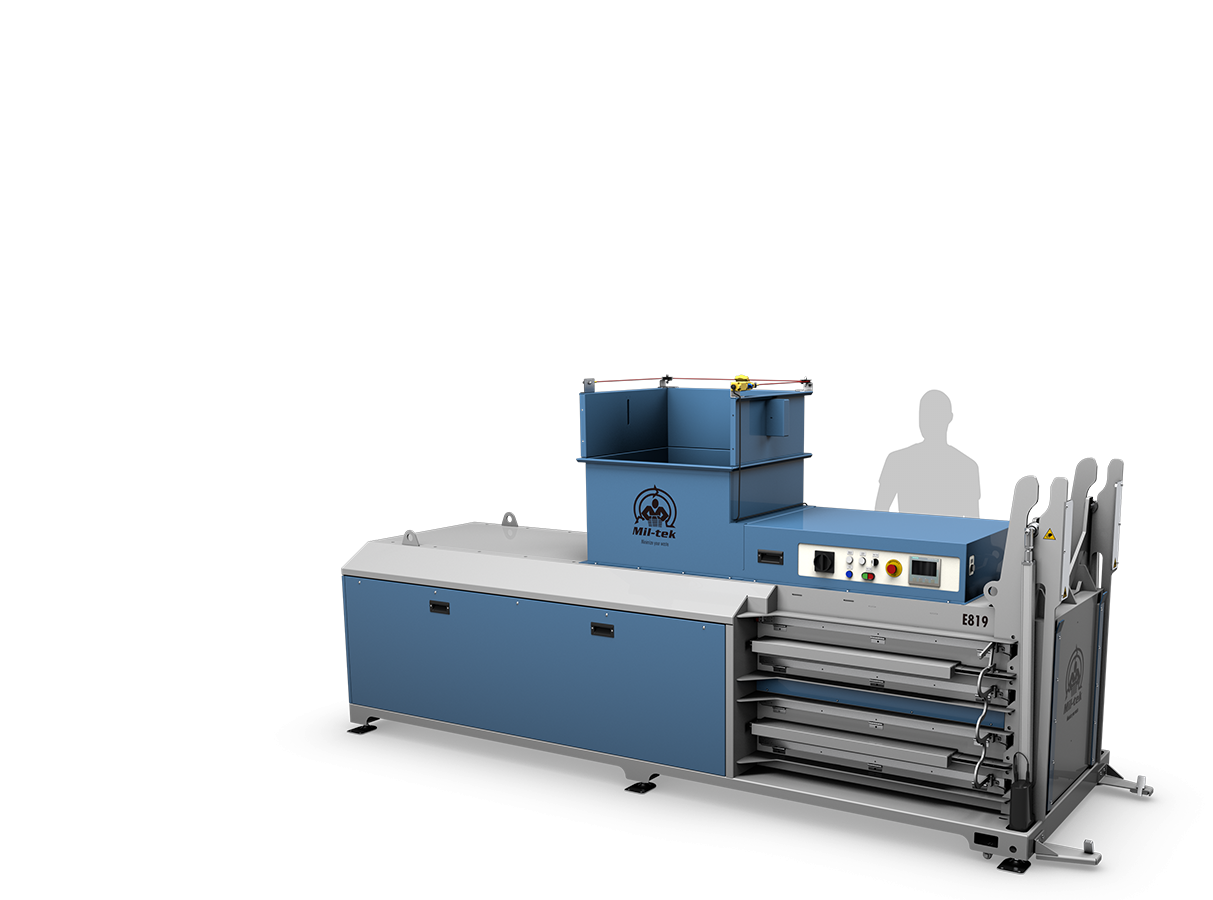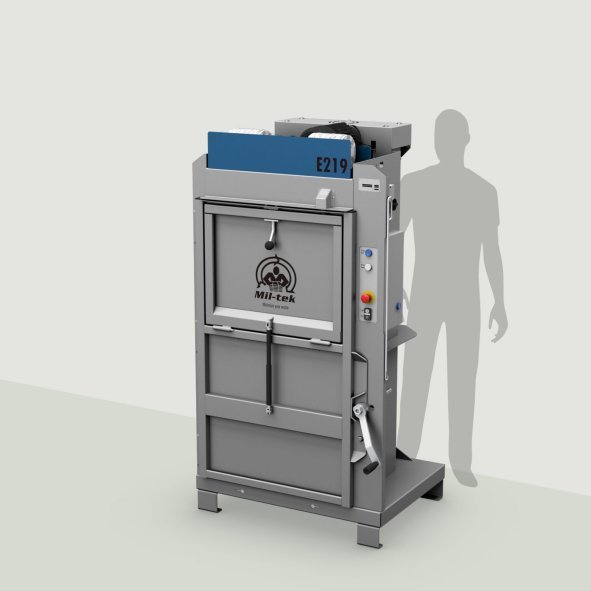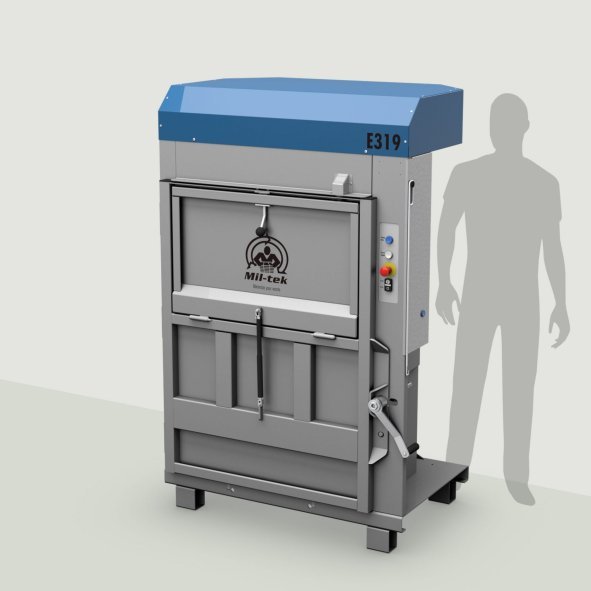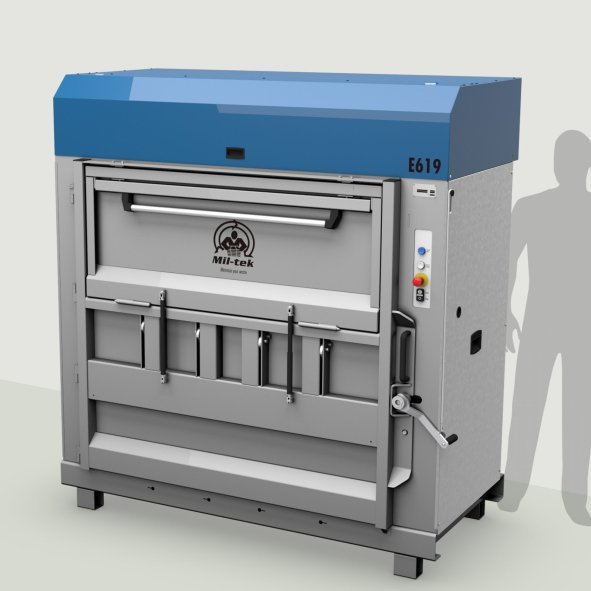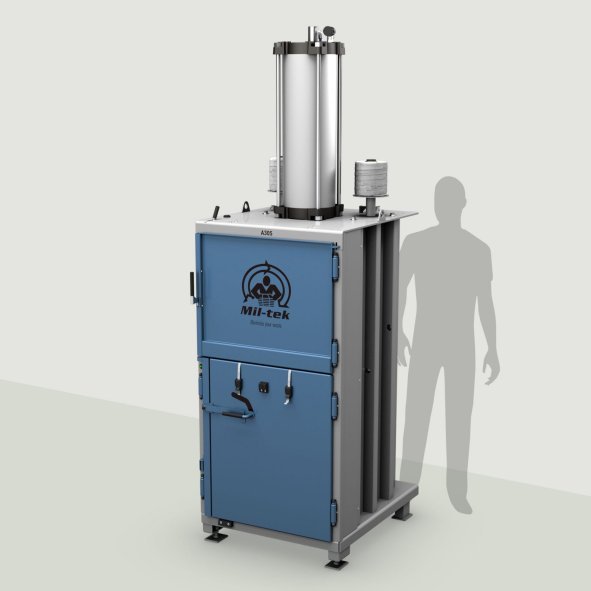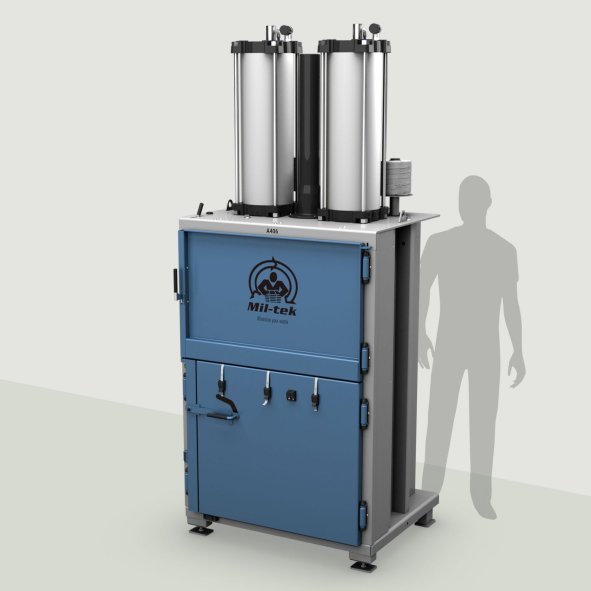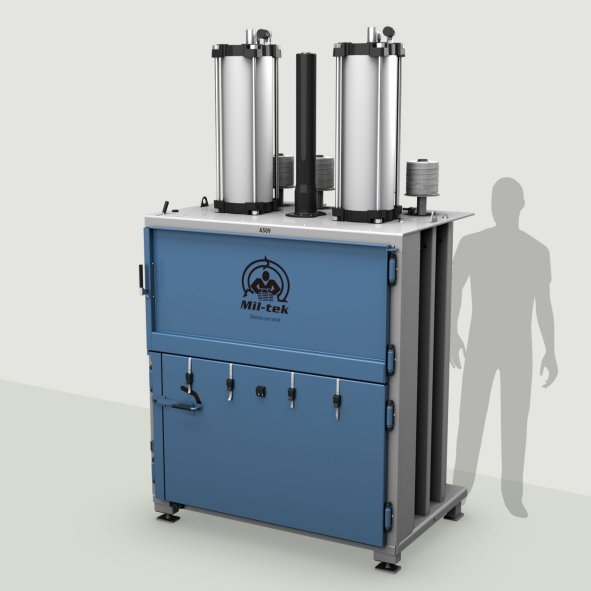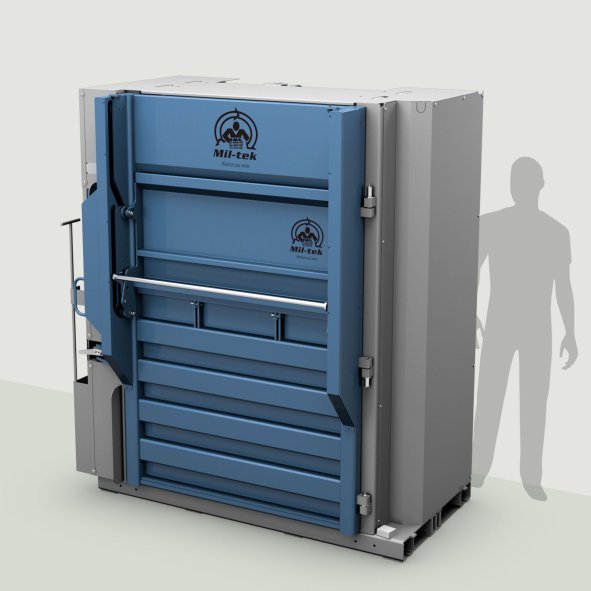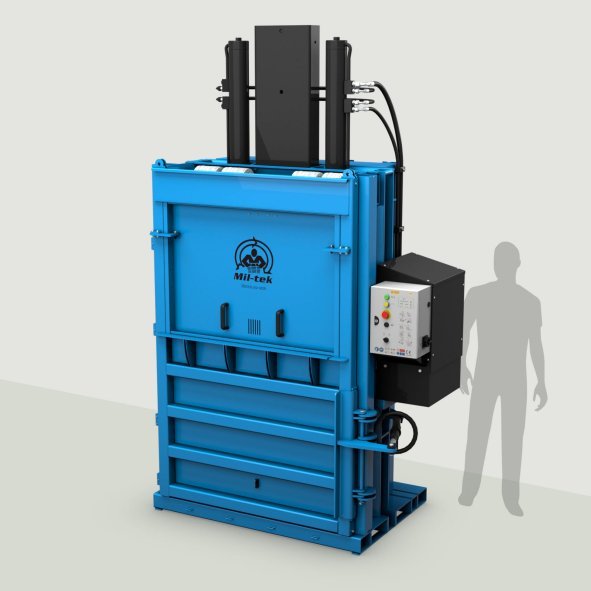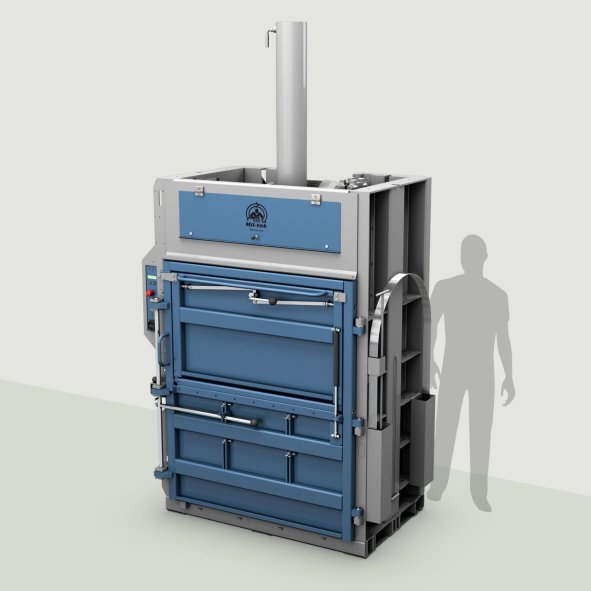Horizontal Baler FAQ
Why should I choose a horizontal baler?
A horizontal baler is ideal for efficiently managing large volumes of waste, offering high automation and continuous operation with minimal manual input.
What’s the difference between a horizontal and a vertical baler?
A horizontal baler compresses materials horizontally and is typically fully automated, while a vertical baler compresses vertically and is generally operated manually or semi-automatically.
How large are the bales produced by a horizontal baler?
The size of the bales produced depends on the model, with weights ranging from 200 kg to over 1 ton, depending on the material and compression strength.
How are bales tied in a horizontal baler?
Bales are secured with metal wire or plastic strapping, depending on the baler’s design and level of automation.
What materials can be compressed with a horizontal baler?
A horizontal baler can handle materials like paper, plastic, hard plastics, PET bottles, textiles, and more.
How does automatic operation work in a horizontal baler?
Automatic operation means the baler can start, compress, and eject bales automatically once waste is loaded, without the need for constant manual oversight.
